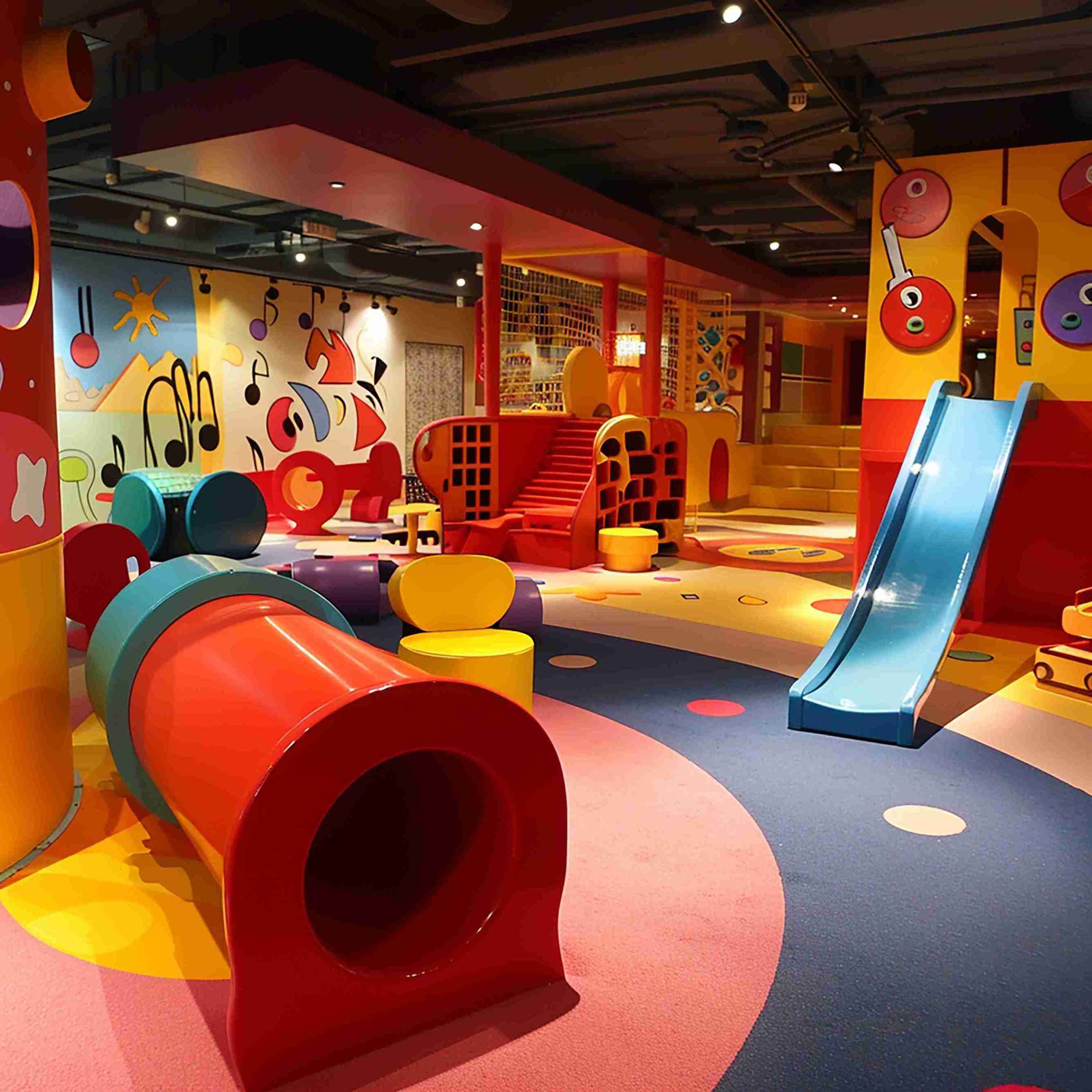LFP batteries have become one of the most reliable and consistent energy sources in our digitalized world. They are used to power everything including smartphones, electric tools and are hailed as being safe and having a long cycle life. However, have you ever thought about what it takes to make these high-tech batteries?
There is more to the smooth shells of digital products than meets the eye; behind the shiny shells are complicated and strictly controlled production settings. Among the lesser-known heroes of this process is a type of machinery many have never heard of — the air driven pneumatic diaphragm pump. These pumps, although largely invisible to the end-user, play a vital role in the precision handling of materials needed to produce LFP batteries for digital products.
This article discusses the intersection between fluid control and battery chemistry and the use of pneumatic technology in the everyday devices we use.
What Are the LFP Batteries and Why Are They Becoming Popular?
LFP batteries for digital products refer to Lithium Iron Phosphate batteries, a type of lithium-ion technology known for its impressive thermal and chemical stability. In contrast to conventional lithium-ion cells, LFP batteries last longer, are safer and can work at broader temperatures. This makes them particularly appealing to consumer electronics, smart home products, handheld tools and backup energy storage systems.
As the need to have portability and safety in energy solutions increased, LFP chemistry has consistently taken off. It has structural stability that minimizes the possibility of thermal runaway, which is a significant issue in other lithium chemistries, so it is a great choice in environments where safety and reliability are critical.
Besides, LFP batteries are more sustainable. They do not use cobalt and nickel, the metals which are frequently associated with environmental and ethical sourcing issues. The demand for reliable, scalable, and clean power sources has never been greater as digital products get smarter and more ubiquitous.
A Glimpse into Battery Manufacturing: Fluids, Precision, and Cleanroom Protocols
Creating high-quality LFP batteries involves several steps. Each step is performed in controlled environments. This is important to maintain purity, consistency, and safety. The production line includes the following phases:
- Slurry preparation: Active materials are mixed with solvents and binders to create electrode slurries.
- Coating and drying: These slurries are precisely applied onto metallic foils.
- Cell assembly: Electrodes are stacked or wound with separators, and the cell is sealed.
- Electrolyte filling: A critical stage where liquid electrolytes are injected into the sealed cells.
Transferring liquids, which are frequently sensitive or corrosive, is involved in each of these steps. A slight change in chemical concentration, flow rate or purity can lead to a failure in battery performance and safety.
This is where fluid handling becomes essential. Manual procedures are not acceptable because of the risk of contamination and the inability to repeat. Rather, these fluids are pumped using dedicated pumping systems that ensure accuracy in moving the fluids- especially in the instance of LFP battery production, which requires safety and chemical compatibility.
Role of Air Driven Pneumatic Diaphragm Pumps in Battery Production:
An air driven pneumatic diaphragm pump is a positive displacement pump powered by compressed air. It applies two flexible diaphragms which move in and out to generate a vacuum and drive fluid through the system. They do not have motors or other parts that generate sparks as electric pumps do; this makes them suitable in the transfer of flammable or chemically reactive fluids.

These pumps are used in the manufacture of LFP batteries in the following ways:
- Transferring electrode slurry mixtures without shearing the particles
- Dispensing electrolytes into cells during the filling process
- Circulating corrosive cleaning solutions in rinse systems
- Maintaining sterile, sealed fluid paths in cleanroom environments
The outstanding feature of these pumps is that they can pump aggressive, viscous or particle-laden fluids and yet provide a leak-free, contamination-free flow. They are simple to pulse, can have their flow rates varied and can be cleaned or maintained quickly, a significant benefit in battery manufacturing lines where time lost is expensive.
They are safer to work around lithium-based substances and volatile solvents because they are air-driven, and there is no danger of electric sparks. They are also rugged and modular, which enables them to be customized to particular media, flow capacities and chemical resistances.
Clean Handling Clean Energy: Compatibility and Safety Factors
Handling the chemicals used in LFP batteries for digital products is a delicate task. Electrolytes, like lithium hexafluorophosphate in organic solvents, are corrosive, and also may be reactive to moisture or some materials. The manufacturing line, thus, should avoid any chance of contamination, electrostatic discharge or leakage.
Air driven pneumatic diaphragm pumps meet these requirements in several ways:
- Non-electric operation: They function entirely through air pressure, removing the risk of ignition.
- Seal-less design: Prevents internal leakage, ensuring that dangerous or sensitive fluids remain contained.
- Low shear pumping: Maintains the integrity of slurries and dispersions without damaging the chemical structure.
- Material compatibility: Available in chemically resistant materials like PTFE, polypropylene, and stainless steel.
The reliability of the pump in battery plants is not a luxury, but a necessity, because dozens of variables are closely controlled. The pneumatic diaphragm pumps ensure consistency of flow and chemical integrity of each battery cell by ensuring that every cell is within the performance and safety requirements.
The Future: More Intelligent Pumps and More Intelligent Power Sources
In the same way that LFP batteries are still developing to have higher energy density and performance, the machinery that makes them is also improving. Smart factories today are using data on all equipment, including pumps, to optimize production lines, minimize waste and forecast maintenance.
Modern air driven pneumatic diaphragm pumps are being integrated with IoT sensors and control modules to monitor:
- Flow rate and pressure
- Pump cycle counts
- Leak detection
- Temperature variations
These upgrades enable real time adjustments, prevention of faults and automation of the processes. Such smart technologies are imperative in ensuring that the throughput is maintained without compromising the quality as the battery manufacturers scale up to meet the needs of the global market.
In addition, the connection between fluid management and battery development is mutual. Although pumps are used in the production of batteries, sophisticated LFP batteries are starting to be used in portable industrial equipment, such as mobile pumping systems, sensors, and remote diagnostic instruments. It is an effective cycle of reciprocating improvement, which links energy efficiency to precision manufacturing.
Conclusion:
Each device with an LFP battery is not only a technological advance, but also a huge ecosystem that promotes innovation. From cleanroom assembly lines to the chemicals coursing through production tubes, each stage depends on highly reliable machinery — and air driven pneumatic diaphragm pumps are among the quiet cornerstones of this system.
They might work behind the scenes but their influence is unquestionable. The more digital products are intelligent, miniaturized, and sustainable, the more critical is the accuracy of material treatment. Pneumatic pumps make it possible to transport the critical fluids safely, accurately, and without contamination, which makes it possible to ensure that the batteries of the future are prepared to support the electrified future.




